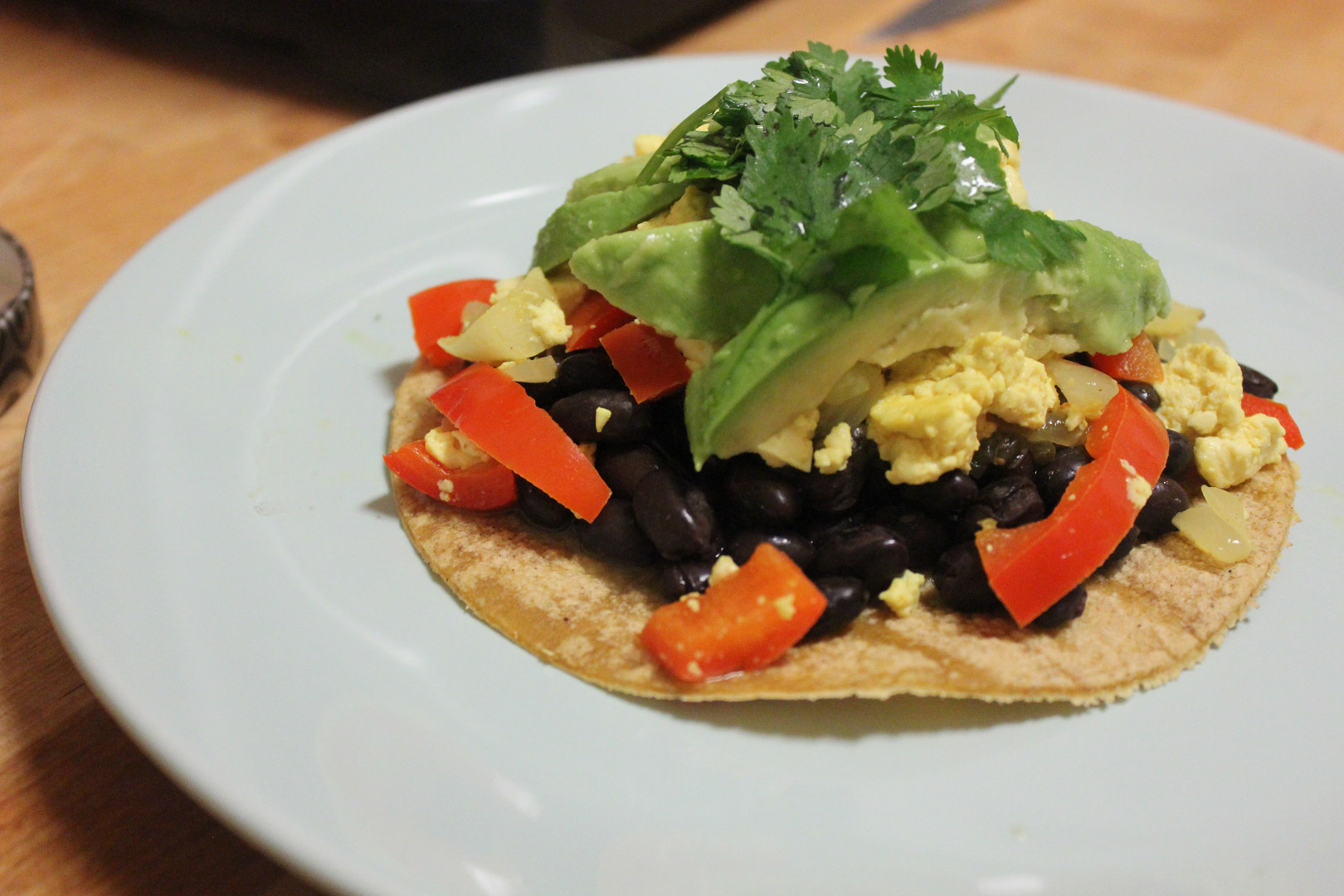In this first edition of “Inside and Out” — a new series by Global Business America focusing on what’s making news in health and business — we take a personal look at heart disease.

Coronary artery disease is the leading cause of death around the world, according to the World Health Organization. Patients often opt for invasive procedures including angioplasties, stents and bypass heart surgery.
CCTV America’s correspondent in Mexico, Franc Contreras, brings us an extraordinary, first person account of his own quintuple bypass heart surgery. A warning, this story contains come graphic images of surgery.

Follow Franc Contreras on Twitter @FrancMex
I think of myself as a healthy person. I love being outdoors. I eat well, and I really enjoy spending time with friends and family. So I was shocked last December, when a cardiologist gave me the frightening news, that I had coronary heart disease.
“What you have is an ischemic heart disease,” Cardiologist Rogelio Robledo said. “It’s a disease that alters the arteries, those that carrying blood to the heart itself. The vast majority of coronary artery disease problems are due to cholesterol plaque.”
After examining the results of my EKG treadmill test, Robledo, a leading cardiologist in Mexico, urged me to have an immediate heart catheter exploration.
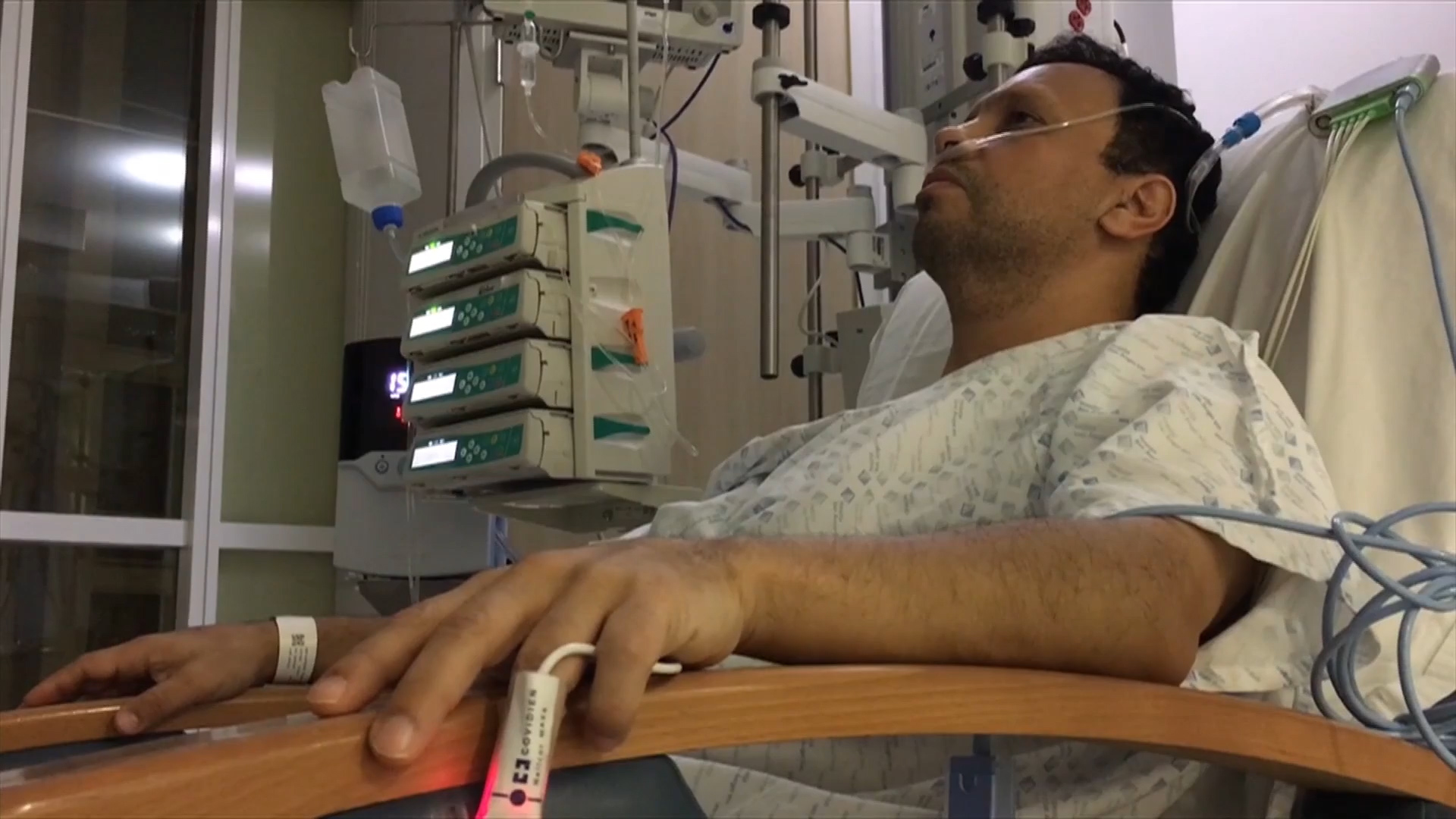
They found major blockages in my three main arteries – the ones that keep this vital organ alive. He said stent insertions were too risky, and gave me two choices: Go home and face the likelihood of a massive heart attack. Or undergo multiple-bypass heart surgery. I opted for the surgery.
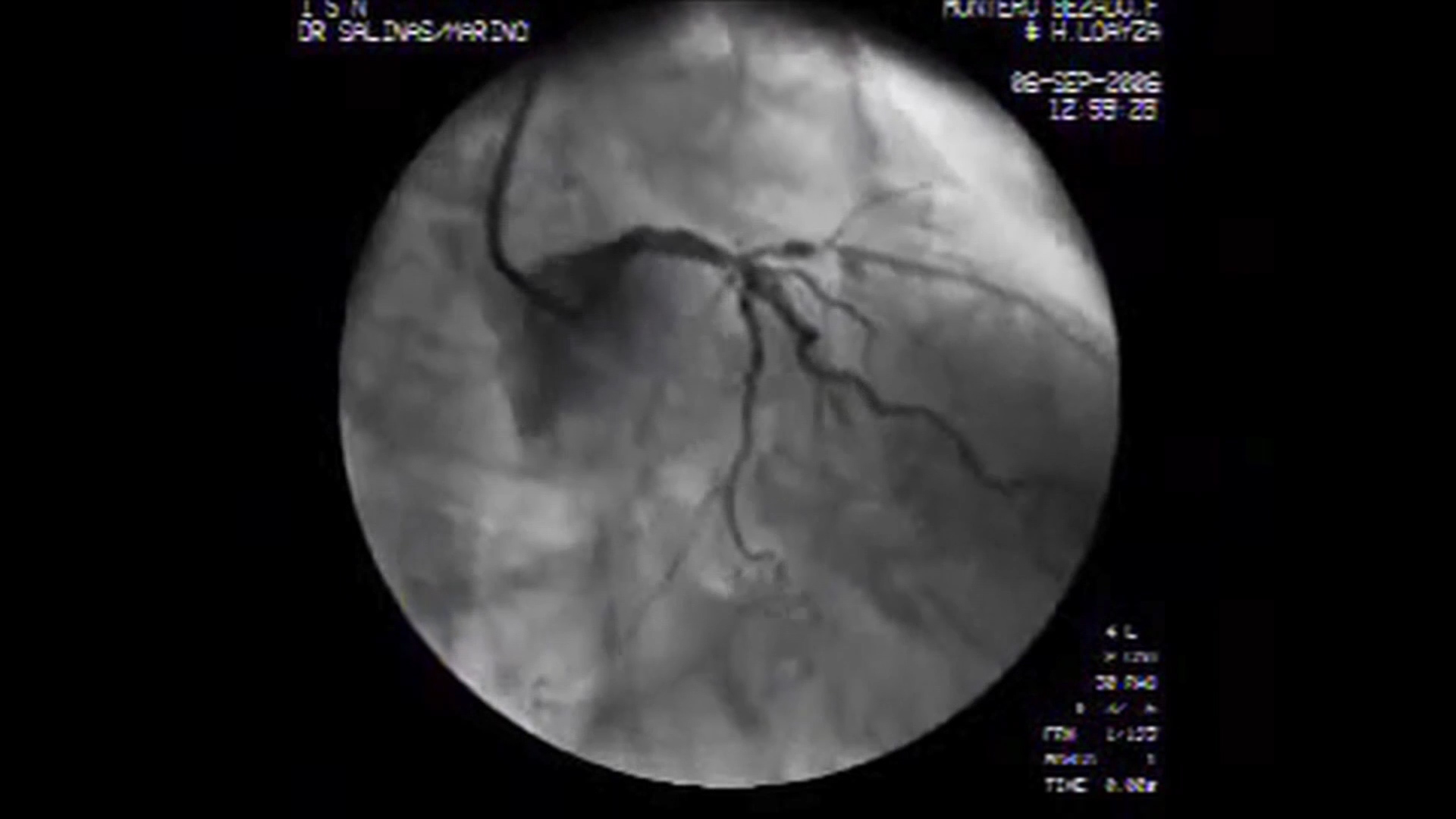
I was sent to Chief Surgeon Alberto Ramirez, who has performed many heart transplants, and nearly 1,000 heart bypass operations like the one I would have.
“In your case, you have blockages in three coronary arteries. The anterior descending artery and its branches; a side rear artery; and the right coronary artery. For that reason, it’s necessary to conduct open heart surgery,” Alberto Ramirez said.
His brother, Serafin Ramirez, is also a leading Mexican heart surgeon, and would also be on my surgical team.
“It will be like playing a championship game with no margin for error. We must take extreme caution, be meticulous and offer you, the patient full security,” Serafin Ramirez said.
Surgery Day
After a few days of coming to terms with the disease and fear of confronting my own mortality, the time for surgery had come. As I lay on the operating table, I remember an amazing amount of energy among the doctors.

They carefully placed me under anesthesia, and then used a surgical saw to open my breastbone.
“Once I open it, I separate the breastbone in order to reach the heart,” Searfin Ramirez said on a video capturing the surgery.
During the operation, doctors used an artificial heart pump to keep me alive. My heart will be completely stopped. One part of the team worked on my heart, while the other extracted a long vein from my left leg.
The surgeons carefully stitched five veins into my heart, using them to literally bypass the blocked arteries, and allow blood to feed my heart. After nearly five hours, their work was done and my heart was restarted.
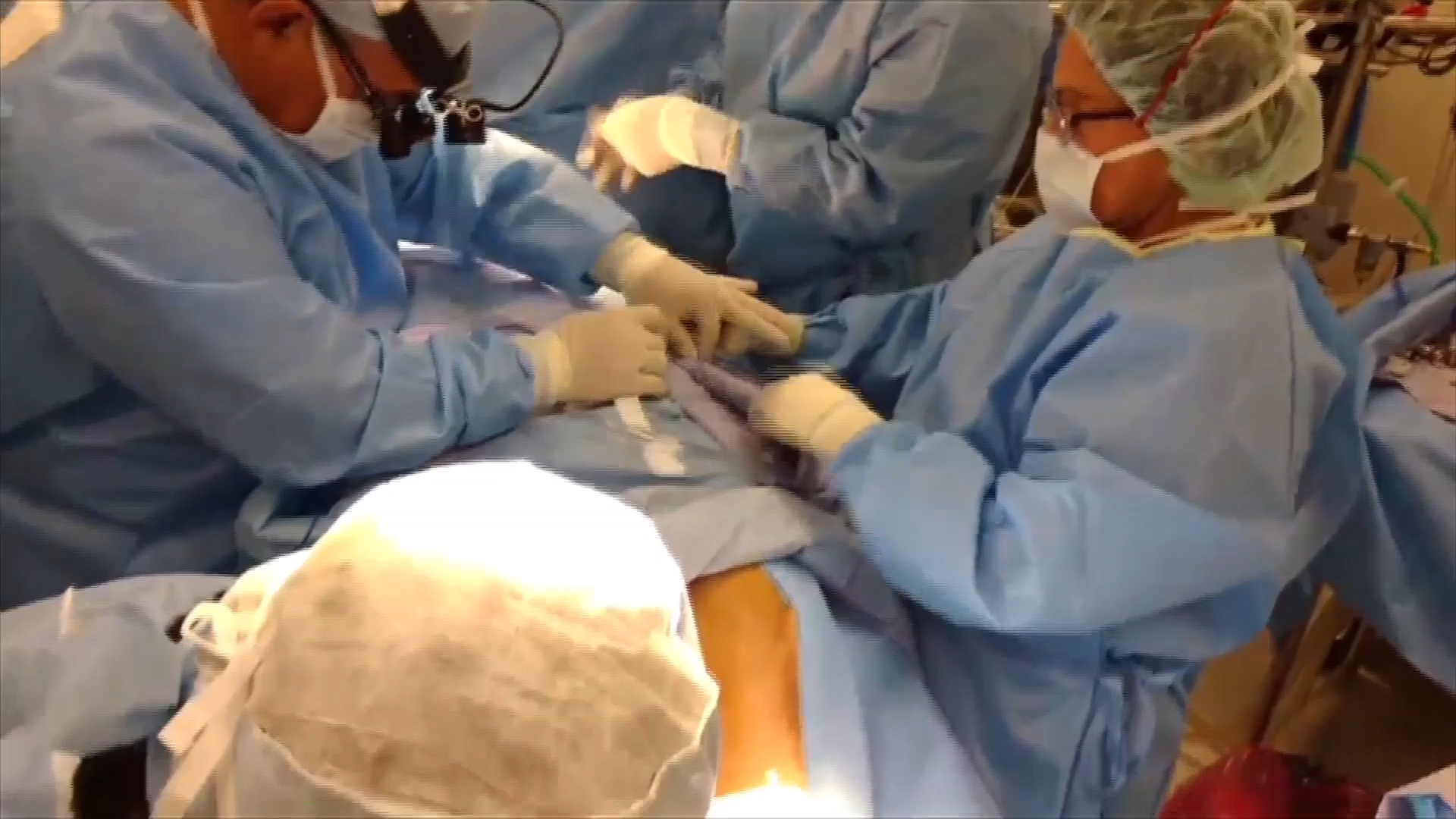
“The most important moment for a surgeon is to see when it starts beating again,” Alberto Ramirez said. “When your heart restarted and beating again on its own, it was not necessary for us to help it with electric shocks. It’s a momento that this surgeon will always remember.”
Typically patients only get three or four bypasses. I got five, the maximum number now possible, Alberto Ramirez said.
Once awake, I spent two difficult days in the Intensive Care Unit of a private hospital in Mexico City. Doctors told me I may have to take anti-cholesterol medications and anti-clotting medications for the rest of my life.
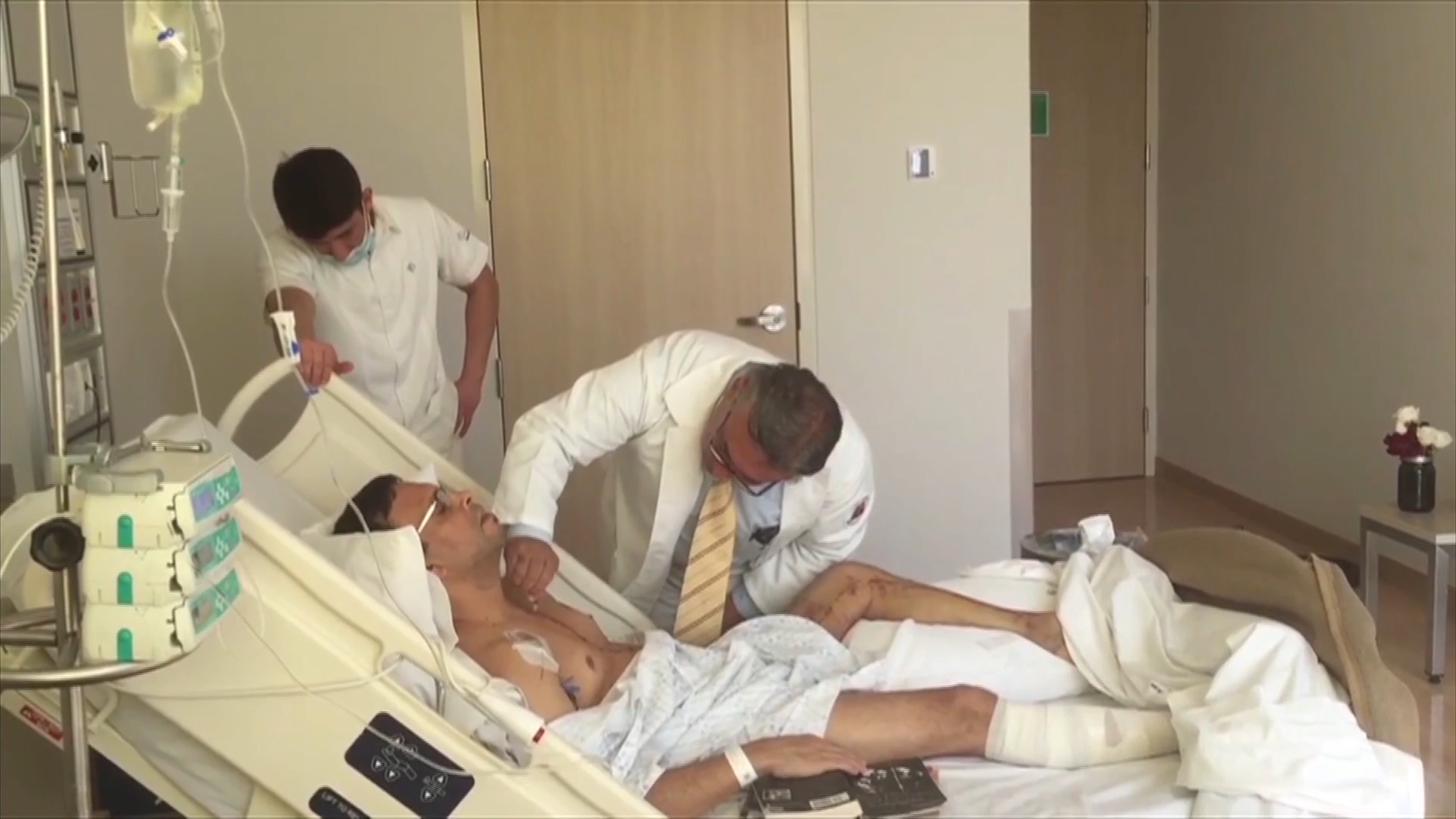
Alberto Ramirez came and personally cleaned my chest and leg. About a week after my surgery, I was allowed to go home.
I have a second chance at life. It feels as though I lived through my own resurrection. Now I must make some fundamental changes–beginning with my diet.
Experts say heart bypass surgery deals only with the symptoms of cardiovascular disease. To avoid future artery blockages, I must reduce my stress, and cut back or even eliminate foods made from animal products.

A heated debate is taking place among health care providers and heart patients here and around the world over just what role food plays in bringing about cardio vascular disease, and whether nutrition can be used not only to prevent it — but actually to reverse it.
My fiancé, Violet, reminds me of those wise words from the ancient Greek physician, Hippocrates: “Let food be your medicine and medicine be your food.” With that in mind, it’s time to get on with life again.”
Inside & Out is a new series by Global Business America focusing on what’s making news in health and business.
Physician Joel Fuhrman on how to reverse heart disease
CCTV America’s Franc Contreras interviewed best-selling author and physician Joel Fuhrman about how people can prevent, suspend and even reverse heart disease. Fuhrman is a New York Times Bestselling author and the president of the Nutritional Research Foundation.
Follow Joel Fuhrman on Twitter @DrFuhrman

 CGTN America
CGTN America

